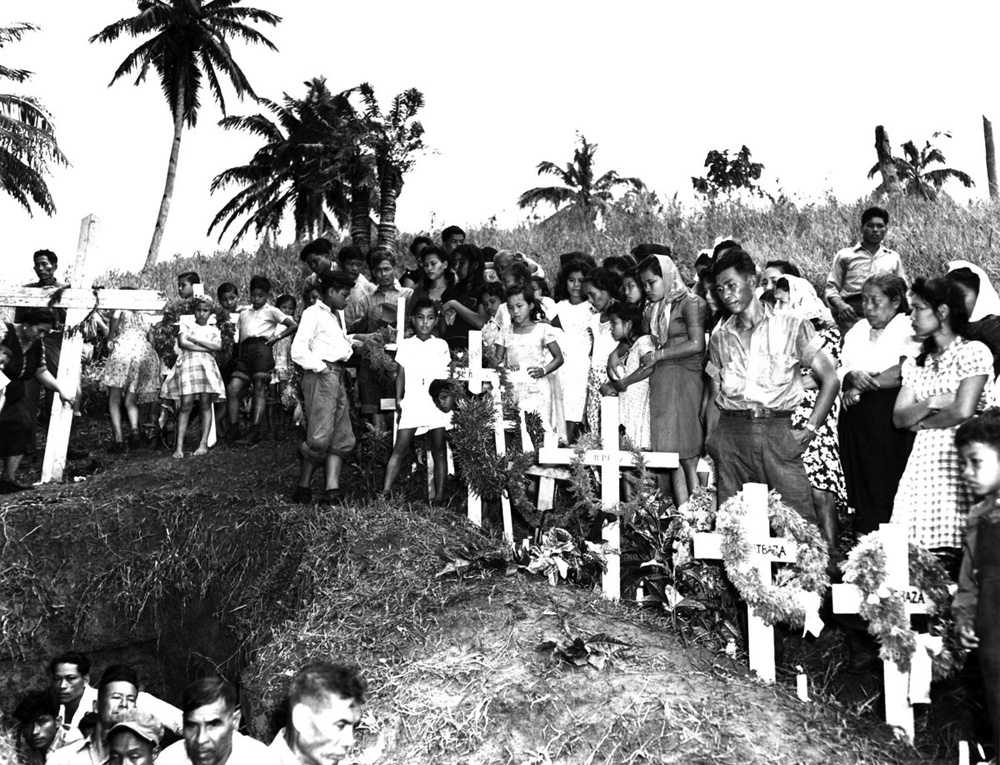Joaquin Flores Sablan
Wartime Protestant Minister. Joaquin Flores Sablan (1912 – 1993) lived a long life and cherished his career as a school teacher before and after World War II. But he possessed a greater love – to preach the Word of God.
Joaquin Flores Sablan Read Post »

